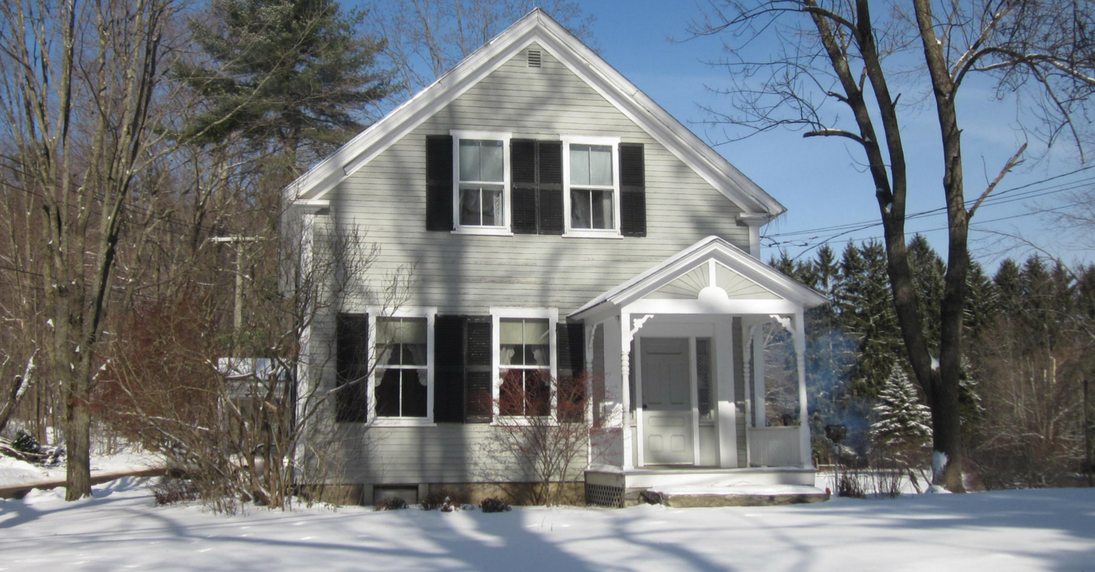Past players of the Cool Choices game-based sustainability program continue to make green choices in their everyday lives even after the program ends. We are always impressed to learn how participating in Cool Choices impacts individuals and their decisions to take further sustainable actions. This month we were inspired by Scott’s story!
Scott’s Sustainability Story
What green activities have you been up to since taking part in the Cool Choices program?
I requested and received a Nest thermostat as a Christmas gift. Setup was fairly easy (they have a guide to help you determine which wires go where). I think the biggest benefit to the Nest is its ability to sense when you are away and throttle back the HVAC accordingly. While I had a programmable thermostat before with set temperatures for various times of day, I never would remember to manually change it if we were going to be out of the house for an extended period of time. The Nest now knows to do this automatically. Another benefit is being able to run the fan for ventilation without having to add heat or turning on the A/C.
Do you have any tips for others trying to be sustainable?
The Nest thermostat is easy to buy and install. The main drawback is the price — but it helped to have a rebate a Black Friday deal to bring down the final price.
Energy Efficiency Tips for the Winter
With cold weather quickly approaching, it’s the perfect time to make sure your home is heating effectively and efficiently. Here are some helpful tips for saving energy and money this winter.
Insulation and air sealing.
Keep the cold out and the heat in by sealing leaks in your home and adding insulation—it’s important to do both. In the Midwest a typical home has leaks that, if combined, would be the size of a basketball—which means a lot of heat is escaping the house! Air leaks mostly occur around openings—like the square hole cut in the roof for a round ventilation pipe. There’s a nice summary of common leak areas here, though of course this varies by housing type and region. The most effective way to address air leaks is via a professional. To determine if professional help is appropriate for you, ask yourself:
- Are some areas of the house consistently drafty?
- Do household members complain about comfort issues in one or more rooms?
- Does snow melt off the roof quickly compared to other similarly-oriented homes in the neighborhood? Does the house have more winter icicles than the neighbors?
- Are your heating bills higher than what your utility says is typical for homes like yours?
Answering yes to any of these questions means that engaging a professional energy auditor is probably a good idea. Most utilities provide a list of qualified auditors in their area. Common areas to check for leaks are in the attic, windows, and doors. If hiring an energy auditor isn’t an option, try a DIY test to check for leaks yourself.
Programmable thermostat.
Smart thermostats like Scott’s are convenient, but regular programmable thermostats do the trick as well. Drop the temperature setting at night while you sleep and during the day when you’re not home by 7°-10° and you’ll save over 10% a year on your heating and cooling! Additionally, keeping the temperature set to 68° or lower while you’re home will save even more energy and money. Many newer smart thermostats have features that enable you to access the settings from your smartphone, which provides even more flexibility.
Utilize natural light when possible.
Daylighting, or taking advantage of natural sunlight, can help you save on heating and electric costs. In the winter, south-facing windows are the most effective for letting sunlight into your home. In addition to the monetary benefits of daylighting, sunlit environments have positive impacts on occupant comfort and productivity.
Replace furnace filters.
When was the last time you replaced your furnace filter? Experts recommend checking your filters monthly. Some filters will need to be replaced more frequently, but high-efficiency filters can last a little longer. Additionally, if someone in your home smokes or if you own pets it can affect how often your filters need to be changed. Regularly replacing your furnace filters will save you money by preventing your furnace from overworking and can also help improve the air quality in your home.
Replace that old cable box.
Any time of year is a good time to update your cable box. If you’ve had the same box for more than five years, it is likely that it uses a lot more electricity than new cable box models. Indeed, some older boxes use as much electricity as a refrigerator! Typically cable companies will replace your old box with a new one at no cost.
Turn down the water heater.
Did you know about 18% of your home’s energy usage goes to heating water? Many water heaters are set to default at 140° but 120° is sufficient for homes in most areas of the US. Turning down the heat can save you money and prevent the risk of scalding water.
Scott took part in the 2015 City Wide Cool Choices game in Madison, WI. Is your company, organization, or community interesting in accelerating your sustainability efforts? Contact us to learn more, or register for an upcoming webinar!
Comments are closed.





